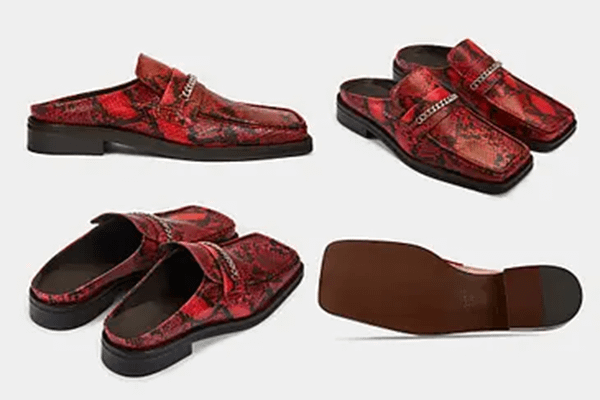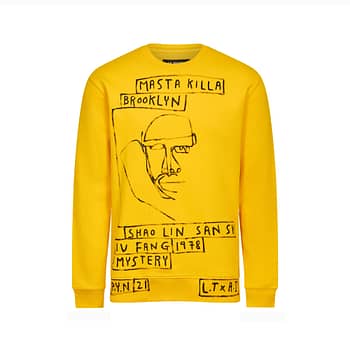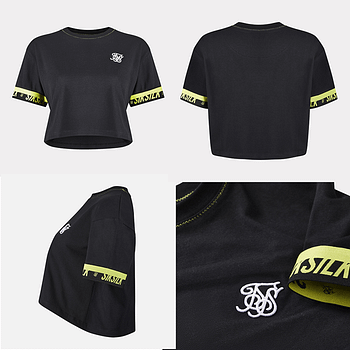Top 5 Tips for Capturing High-Quality Fashion Photos for Your E-commerce Store
In the competitive world of e-commerce fashion photography, your images are everything. Crisp, stylish, and eye-catching photos don’t just showcase your products, they drive sales and set your brand apart. To make sure your store stands out, you need to master the art of high-quality fashion photography. Here are the top five tips to elevate your e-commerce fashion photos and boost your online success.
1. Focus on Lighting for Flawless Shots
Lighting is the foundation of great e-commerce fashion photography. Whether you’re shooting in natural light or using studio setups, the way light interacts with your product will impact how customers perceive it. Soft, even lighting helps highlight details like texture and colour while avoiding harsh shadows that can distort the look of your clothes. For indoor shoots, softbox lighting or ring lights can help create a flattering, consistent glow, making your products look as true to life as possible.
Pro Tip: Always adjust your lighting based on the fabric. Shiny materials like satin or leather may require diffused lighting to avoid reflections, while textured fabrics like wool benefit from directional light to enhance depth.
2. Pay Attention to Backgrounds and Settings
Your background should never compete with the product. Clean, simple backdrops allow your fashion pieces to take centre stage, while busy backgrounds can distract and confuse potential buyers. For most e-commerce fashion photography, a white or neutral background works best. It ensures your product remains the focal point and makes the post-production editing easier.
However, don’t be afraid to use styled backgrounds when appropriate. If your brand has a particular aesthetic or you want to tell a story with your clothing, incorporating relevant props or environments can enhance the mood of your photos without taking attention away from the product.
3. Prioritise Consistency for a Professional Look
Consistency in your e-commerce fashion photography builds trust with your audience. When every product photo follows a uniform style, it creates a cohesive shopping experience that makes it easier for customers to browse and compare items. This includes maintaining the same lighting, angles, and backgrounds across all your images.
If you’re photographing multiple products in a single session, take the time to review and match your settings for each shot. That way, customers won’t feel like they’re looking at different stores while scrolling through your collection.
4. Use Models or Mannequins to Show Fit and Form
While flat-lay or hanger shots can work for some items, using models or mannequins provides a clearer sense of how a garment fits and moves. Customers want to visualise how the clothing will look on them, and nothing conveys that better than a person wearing the product.
For e-commerce fashion photography, consider hiring models who reflect your target audience or using ghost mannequins to give your clothes shape while keeping the focus on the garment itself. Showing how the fabric drapes or stretches on a real body can dramatically boost buyer confidence.
5. Master the Art of Postprocessing
Post-processing is where your photos truly come to life. After your shoot, make sure to fine-tune your images with editing software to ensure colours, lighting, and details are spot-on. This step is crucial in making sure your photos look professional and cohesive.
Be careful, though; don’t over edit. Customers expect accurate representations of your products, so while it’s tempting to enhance colours or smooth out textures, it’s essential that your images stay true to life. Adjust brightness, contrast, and sharpness to highlight your garments, but leave the integrity of the product intact.
By focusing on these essential tips, you’ll set the stage for stunning e-commerce fashion photography that captures your products in the best light. From nailing your lighting setup to refining your editing process, each step plays a crucial role in ensuring your fashion images grab attention, engage customers, and drive conversions. With the right approach, your photos won’t just show off your products, they’ll sell them.




